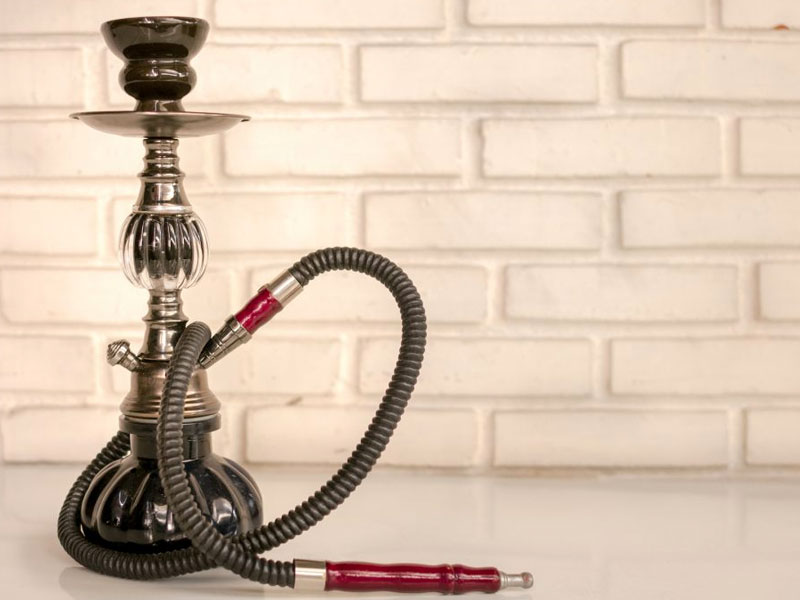Shisha is as dangerous, if not more dangerous than tobacco; writes Adaku Efuribe.
It would be germane to begin this reflection with a basic definition of what waste-pipe or shisha is about. The British Heart Foundation (BHF) stated that shisha smoking is a way of smoking tobacco, sometimes mixed with fruit or molasses sugar, through a bowl and hose or tube.
Shisha smoking—also called hookah, narghile, waterpipe, or hubble bubble smoking—is increasingly becoming a public health issue in many towns and cities of Nigeria. Shisha also poses the same risks as cigarette smoking. I have decided to write this article to create some form of awareness about it. Few days ago, I watched a YouTube interview that featured a popular Nigerian artist. Throughout the interview, the artist was smoking pipe which was quite shocking to me.
Following the recent issues emanating with codeine and tramadol abuse among Nigerian youth, the Federal Ministry of Health has to be proactive in educating the general public on the harmful effects of social substances that are dangerous to health. There are mixed messages regarding water pot-smoking from uninformed and misinformed people that do not understand its contents.
Recently, I read a comment on social media made by a young Nigerian lady advising people that there is nothing wrong with shisha and that it could be used as nutritional supplements. The lady went on to say shisha contains vitamins and minerals, and those who smoke it get vitamins and minerals from it. Her comment had hundreds of likes from people who are as uninformed as her.
The World Health Organisation (WHO) fact sheet on waterpipe tobacco smoking states that waterpipe smoke is toxic. Laboratory analyses of waterpipe smoke reveal measurable levels of carcinogens (including tobacco-specific nitrosamines, polycyclic aromatic hydrocarbons [PAH], volatile aldehydes like formaldehyde, and benzene), and toxicants such as nitric oxide and heavy metals. Additionally, the burning charcoal generates high levels of carbon monoxide.

